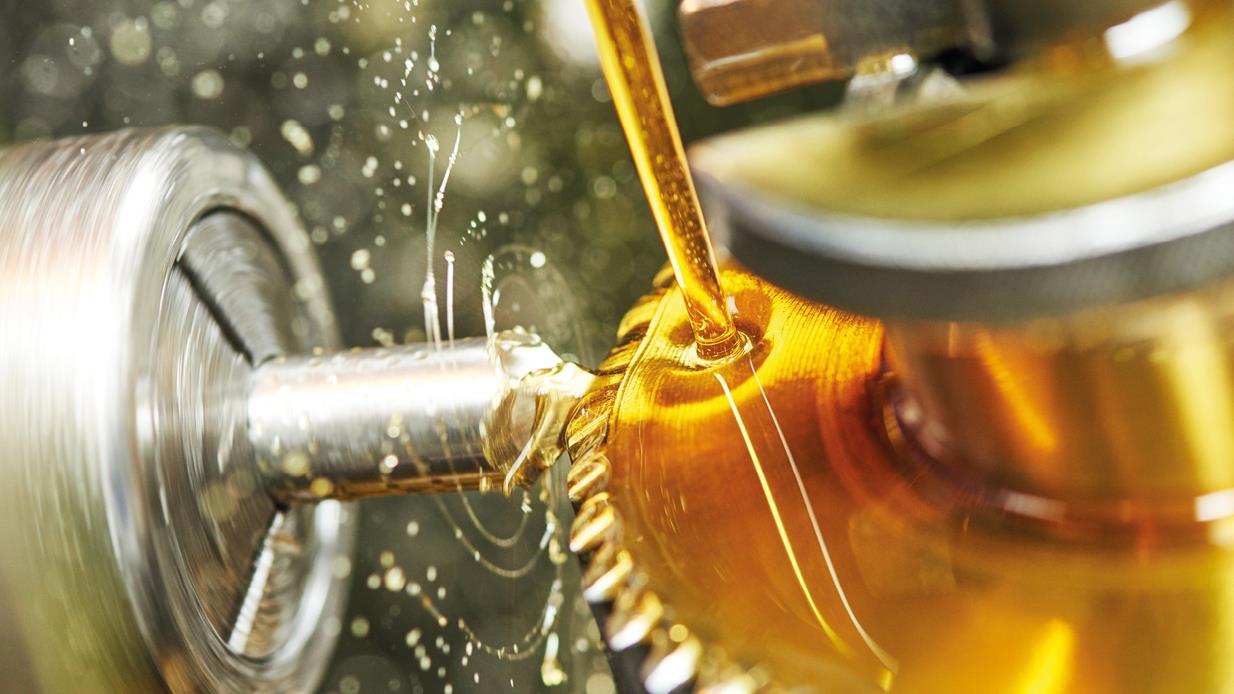
In any industrial setting, maintaining smooth operations and maximizing productivity is crucial for success. One key factor that contributes to achieving these goals is the effective use of high-quality lubricants. Lubricants like Barrierta in New Britain CT play a vital role in reducing friction, heat, and wear between moving parts, extending the equipment’s lifespan, and enhancing overall efficiency. This article will explore the importance of using high-quality lubricants and how they can significantly impact productivity in various industries.
Understanding Lubricants and their Functions
Before delving into the benefits of high-quality lubricants, it is essential to understand their purpose and functions. Lubricants are substances applied to surfaces to reduce friction and facilitate smooth movement between them. They form a protective film that separates moving parts, preventing direct metal-to-metal contact. Additionally, lubricants help dissipate heat, reduce wear and tear, and prevent corrosion and rusting.
The Impact of High-Quality Lubricants on Productivity
Enhanced Equipment Performance:
Using high-quality lubricants ensures optimal performance of machinery and equipment. These lubricants are formulated with premium base oils and advanced additives that provide superior protection and performance characteristics. By reducing friction, they minimize energy losses and allow machines to operate at peak efficiency. This, in turn, leads to improved productivity and reduced downtime.
Extended Equipment Lifespan:
Regular use of high-quality lubricants can significantly extend the lifespan of machinery and equipment. The protective film created by these lubricants acts as a barrier against wear, corrosion, and contaminants. By reducing the occurrence of mechanical failures and breakdowns, businesses can avoid costly repairs or replacements, thus increasing overall productivity.
Minimized Maintenance and Downtime:
High-quality lubricants with excellent thermal stability and oxidation resistance help minimize maintenance requirements. These lubricants have extended service intervals, reducing the frequency of lubricant changes and associated downtime. With reduced maintenance needs, businesses can allocate more time and resources to productive operations, increasing output and profitability.
Selecting the Right Lubricant for the Job
Choosing the appropriate lubricant for specific applications is crucial to achieving the desired results. Factors to consider include:
Equipment Type and Operating Conditions:
Different types of equipment require specific lubricants tailored to their operating conditions. Factors such as temperature, pressure, speed, and load play a crucial role in selecting the right lubricant. Consulting with lubricant manufacturers or industry experts can help determine the most suitable lubricant for a particular application.
Lubricant Specifications and Certifications:
High-quality lubricants often meet industry-specific specifications and certifications. These standards ensure the lubricant has undergone rigorous testing and meets the necessary performance criteria. Adhering to these specifications helps ensure optimal performance, reliability, and productivity.
Compatibility and Interchangeability:
When introducing a new lubricant to existing equipment, compatibility is a critical consideration. In some cases, it may be necessary to perform compatibility testing to ensure that the new lubricant does not adversely affect the equipment or cause operational issues. Additionally, the interchangeability of lubricants should be considered to streamline inventory management and reduce complexity.
Regular Monitoring and Maintenance
Regular monitoring and maintenance practices should be implemented to maximize the benefits of high-quality lubricants and maintain productivity. This includes:
Lubricant Analysis:
Periodic analysis of lubricant samples helps identify potential issues such as contamination, degradation, or excessive wear. This proactive approach enables timely corrective actions to be taken, preventing equipment failure and disruptions to productivity.
Proper Lubrication Practices:
Applying the right lubricant at the correct intervals is crucial for optimal performance. Over-lubrication can lead to excess heat, energy losses and increased operating costs, while under-lubrication can cause friction, wear, and premature equipment failure. Following manufacturer guidelines and best practices for lubrication ensures efficient and effective lubricant usage.
High-quality lubricants like Barrierta in New Britain CT are essential for maximizing productivity and achieving smooth operations in various industries. These lubricants enhance equipment performance, extend lifespan, and minimize downtime by reducing friction, heat, and wear. Selecting the right lubricant for specific applications, regular monitoring, and proper maintenance practices are key to reaping the benefits of high-quality lubricants. Investing in top-notch lubricants and implementing effective lubrication strategies can lead to increased productivity, reduced costs, and improved profitability for businesses.



